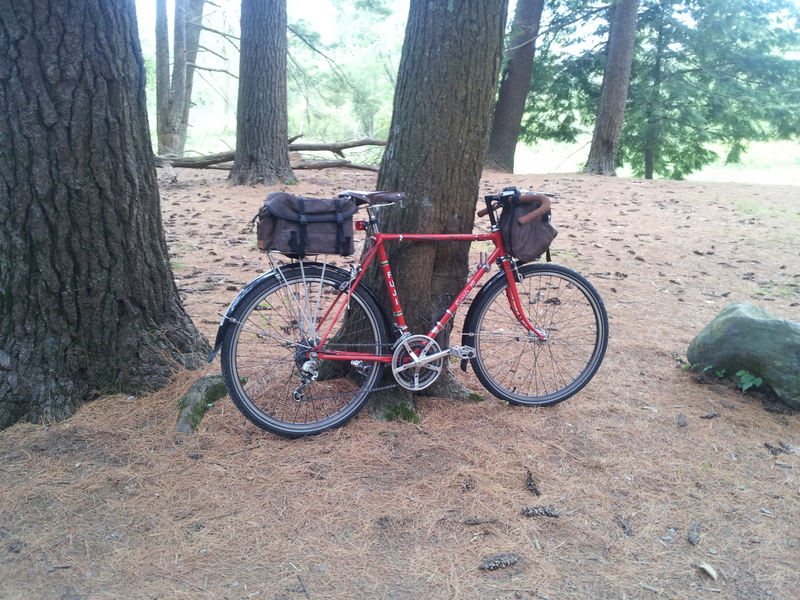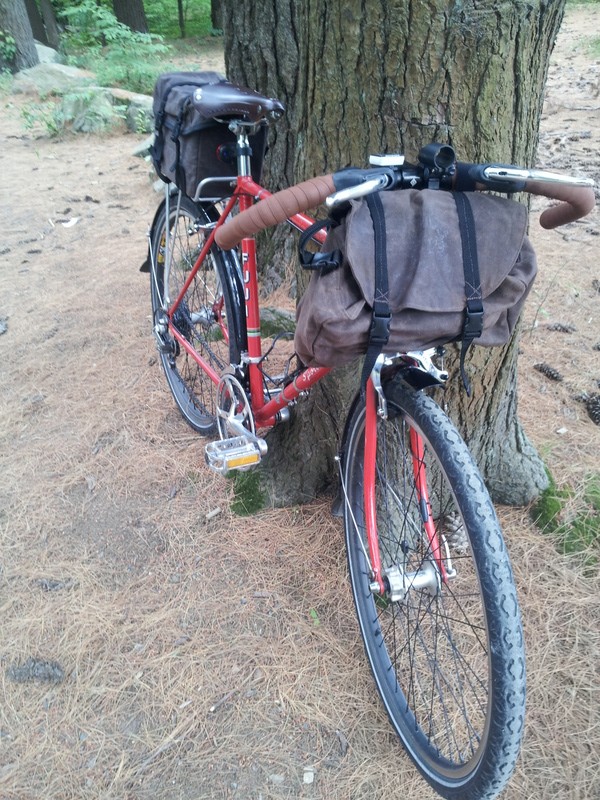 Everything under the heavens has a name. Even inanimate objects, in the shapes they hold and the uses to which we have put them, are given to certain qualities that distinguish them from one another. The stones of the earth themselves have names, if you can see them clearly enough. And knowing something's name is key to knowing its soul.
This was one of the beauties of man-made objects before industrialization took over. The craftsman invested himself in his products to the degree that it had qualities and characteristics and a history making it as unique as any other individual. Who doesn't immediately recognize Excalibur, the storied sword of Arthur?
Everything under the heavens has a name. Even inanimate objects, in the shapes they hold and the uses to which we have put them, are given to certain qualities that distinguish them from one another. The stones of the earth themselves have names, if you can see them clearly enough. And knowing something's name is key to knowing its soul.
This was one of the beauties of man-made objects before industrialization took over. The craftsman invested himself in his products to the degree that it had qualities and characteristics and a history making it as unique as any other individual. Who doesn't immediately recognize Excalibur, the storied sword of Arthur?
Vehicles, such as boats, automobiles, and yes, bicycles, are frequently named, more so than other things because they are closer to animate than inanimate, and their qualities are readily apparent to anyone who makes use of them. A sailor spending time at the helm of a boat will soon recognize how she carries herself through seas rough and slow differently from any other. And a cyclist can easily feel the wheels underneath him, and how they handle themselves carving a corner or sluicing down a hill in their own unique way.
We encapsulate those qualities that we see in our steeds, whether sail, pedal, or combustion powered, in the names we give them. As a result, every bicycle in my stable is named in its first few rides, as I get to know its personality.
It was a bit different for Oliver, the semi-retro baguette-and-wine bike whose build I have recounted in the previous few posts. Once the wheels were on and the saddle installed, and it began to look like a bicycle rather than a pile of shiny parts, I unconsciously began trying out names. From the frame geometry I chose and the parts I picked, I knew (or rather, hoped), that the bike would have certain features. I was seeking rather sedate handling, something that could gracefully move into a curve, but not necessarily bite it, and a measured response to my steering input, rather than the twitchiness of a sportier bike. I wanted a frame that had a little flex to it, a little liveliness without absorbing the energy of my pedal strokes.
Which brings me to an aspect of building this bike that I hadn't really thought of prior to getting there. As I installed the handlebars, and the saddle and the derailleurs, I began to wonder if I had made the right choices. Did I leave enough room in the cockpit? Plan on the correct handlebar height? Will the gear ratios work for my style of riding in these foothills of the Berkshires? When you purchase a bicycle from a shop, all of these decisions have been made for you, by people whose profession it is to make a well-riding bike. While I have a lot of miles under me, I'm no pro. And amateurs make mistakes. And maybe I had made a few.
In the process of creating anything, whether it be a table, knife or bicycle, there comes a time when you commit yourself irrevocably to the design decisions you have made. It may be when you anneal the steel in forge and oil, or put saw blade to that irreplaceable piece of your father's cherry lumber. In the case of this bicycle, it was when I cut the steerer tube on the fork. The length of the steerer tube determines the height of the handlebars, and ultimately your comfort and the bike's handling, and cannot be changed without replacing the fork or implementing various undesirable kludges.
Thus I committed myself to the wisdom of the choices I had made, and hoped that my vision had not exceeded my skills. It has happened before.
I completed the final construction of the bike in that pleasant state of anticipation mixed with some anxiety that I had somehow, in some casual moment, ignored a crucial aspect of building and design that would send me, like Icarus, crashing into the deadly waters below. I combatted that fear by putting not one, but three coats of shellac on the grips.
Then it was all done and the bike sat on the stand for a few more days of anticipation while I waited for the seatpost collar to arrive by mail, something the post office seemed to have a bit of trouble doing. Postie brought it yesterday, so last night I fitted the collar on, and went off in the sub-freezing night on a shakedown cruise.
And the assemblage of steel, sheet metal, nuts and bolts became a bike named Oliver. It is a fitting name; Oliver stems from Old German, and means "Elf Army." This is highly appropriate because my name -- Avery -- means "King of the Elves." Oliver is a comfortable, strong English name, fitting for a bike painted British Racing Green and kitted out with Brooks leather. Oliver was a retainer of King Charlemagne in the Song of Roland. Oliver's loyalty and bravery cannot be denied.
Thus it is with the bike Oliver. The handling is sure, he is responsive to the pedals, and over rough terrain (yes, that was me riding across the lawn of the First Congregational church at 10 p.m. last night), is smooth and controlled. It is indeed the bike that I had envisioned.
And, as my daughter's boyfriend said, "It looks like it belongs in GQ!"
I'm looking forward to many enjoyable miles on this bicycle.






